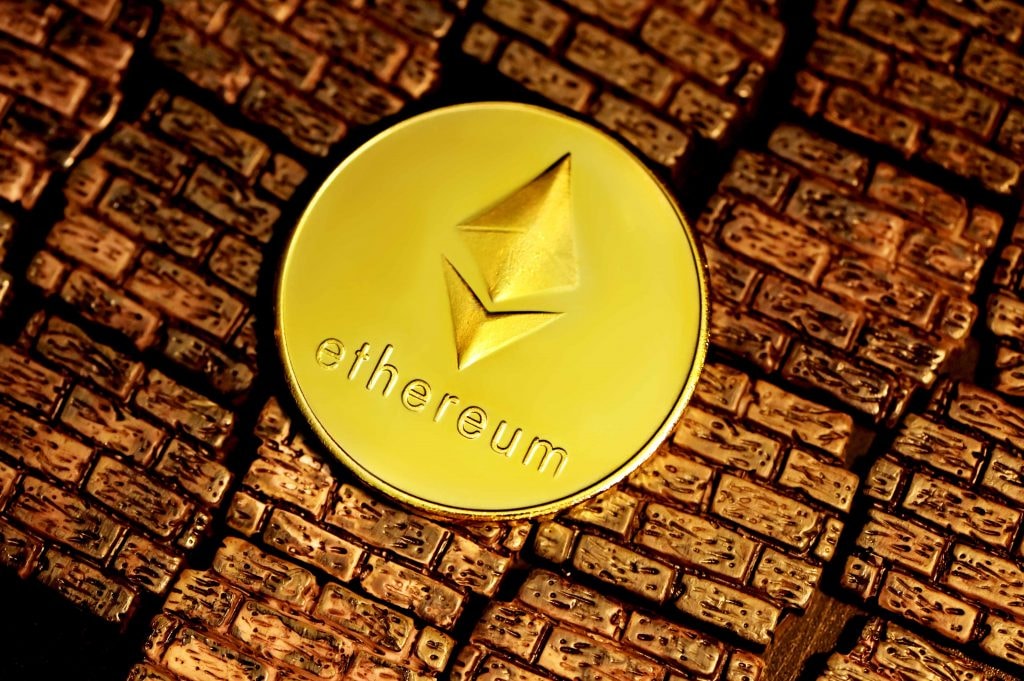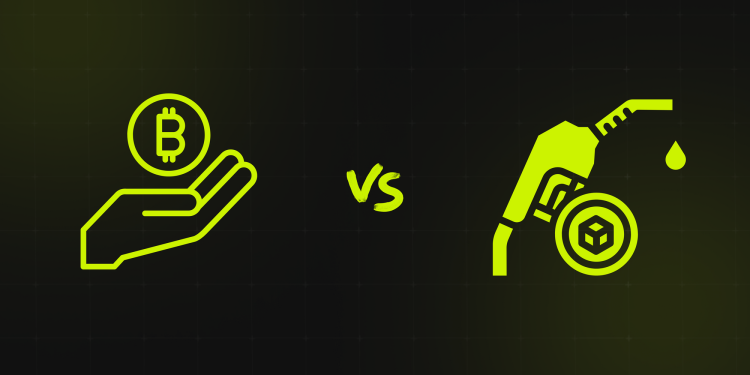The Ethereum blockchain represents one of the most remarkable technological innovations of the past decade, enabling a revolution in decentralized finance, digital ownership, and trustless coordination. Yet for all its groundbreaking capabilities, Ethereum has consistently faced one persistent challenge that threatens its accessibility and scalability: exorbitant transaction fees during periods of high demand. These “gas wars”—where users engage in bidding competitions to have their transactions processed—create a fascinating economic laboratory where market dynamics play out in real-time through fee mechanisms. The phenomenon reveals much more than just network congestion; it provides a transparent, real-time indicator of market sentiment, application popularity, and the intense competition for block space on the world’s most used smart contract platform. When gas prices spike to hundreds of dollars per transaction, they represent both a validation of Ethereum’s value proposition and a significant barrier to its mainstream adoption, creating a paradoxical situation where success breeds exclusion.
Understanding gas wars requires examining the intersection of technology, economics, and human behavior. These fee spikes occur when demand for block space exceeds the network’s immediate capacity, forcing users to essentially auction their way into the next block. While often discussed as a technical limitation, gas wars actually represent a sophisticated market mechanism that efficiently allocates scarce resources—but at a cost that increasingly prices out all but the wealthiest users. This dynamic has profound implications for Ethereum’s future, driving both urgent scaling solutions and philosophical debates about whether a network that sometimes charges more for a transaction than many people earn in a week can truly serve as a foundation for a decentralized global economy. This article will examine how NFT booms trigger these fee spikes, analyze the role of rollups and Layer-2 solutions in addressing the problem, and provide a outlook on whether Ethereum can ultimately solve its gas war problem while maintaining its security and decentralization.
The NFT Boom Phenomenon: How Digital Gold Rushes Paralyze the Network
Nothing demonstrates Ethereum’s capacity constraints more dramatically than the explosion of non-fungible tokens (NFTs), particularly during minting events for highly anticipated collections. These events transform the Ethereum blockchain into a digital battlefield where users compete for limited resources through economic warfare.
Mechanics of NFT Minting Mania
When a popular NFT project launches, it typically creates a perfect storm of network congestion:
- Fixed supply scarcity: Most NFT collections have limited edition numbers (often 5,000-10,000 tokens) while attracting tens of thousands of potential buyers.
- Time-limited availability: Many mints occur within short windows (often 1-2 hours), creating intense temporal concentration of demand.
- First-come, first-served dynamics: The perception that early minters might secure rare traits or better investment returns fuels frantic bidding for block space.
- Gas limit optimization: Smart contracts for NFT mints are often computationally intensive, requiring more gas than simple token transfers, further reducing the number of transactions per block.
Economic Impact of Minting Events
The financial consequences of these gas wars are staggering:
- Individual transaction costs: During peak demand, users regularly pay $500-$1,000+ in gas fees for a single NFT mint transaction—often exceeding the actual cost of the NFT itself.
- Failed transaction costs: Many users pay substantial fees for transactions that ultimately fail because they were outbid or because the NFT sold out before their transaction was processed.
- Network-wide externalities: These minting events create negative externalities for all Ethereum users by dramatically increasing fees for unrelated transactions like DeFi operations or simple transfers.
Case Studies: Historical Gas Crises
- CryptoPunks and the early NFT boom (2021): As NFT mania first took hold, transactions for early blue-chip projects regularly pushed gas prices above 1,000 gwei (versus 10-50 gwei during normal periods).
- Bored Ape Yacht Club mint (2021): The original mint and subsequent land sale for Otherdeeds created some of the most extreme gas wars in Ethereum history, with users spending over $15,000 in failed transactions in some cases.
- Art Blocks curated drops (2021-2022): Algorithmic art projects with randomized outcomes created particularly intense competition as users sought to mint potentially valuable pieces.
The Scaling Response: Rollups and Layer-2 Solutions
Ethereum’s response to its scaling challenges represents one of the most ambitious technical roadmaps in blockchain history, centered around a “rollup-centric” future where Layer-1 serves as a security and settlement layer while execution moves to Layer-2.
Understanding Rollup Technology
Rollups execute transactions outside the main Ethereum chain (off-chain) but post transaction data back to Layer-1, inheriting its security:
- Zero-knowledge rollups (ZK-rollups): Use cryptographic validity proofs to verify transaction correctness without processing each transaction on-chain. Projects like zkSync, StarkNet, and Polygon zkEVM use this approach.
- Optimistic rollups: Assume transactions are valid by default and only run computation via fraud proofs if someone challenges a transaction. Optimism and Arbitrum are the leading implementations.
- Hybrid approaches: New solutions like Validiums use ZK-proofs but store data off-chain, offering even greater scalability with different security assumptions.
Current Layer-2 Adoption and Impact
The growth of Layer-2 networks has been dramatic but uneven:
- Transaction migration: L2s now process 2-3x more transactions than Ethereum Mainnet, significantly reducing pressure on base layer fees.
- Cost differential: Transactions on L2s typically cost $0.01-$0.50 compared to $5-$50+ on Mainnet during normal conditions and $100-$1000+ during gas wars.
- Ecosystem development: Major DeFi protocols and NFT marketplaces have deployed on L2s, creating vibrant ecosystems that reduce the need for Mainnet transactions.
User Experience Challenges
Despite technological promise, L2 adoption faces hurdles:
- Bridge risks: Moving assets between Layer-1 and Layer-2 requires bridging, which introduces new security concerns and UX friction.
- Liquidity fragmentation: Liquidity is still divided between Layer-1 and multiple Layer-2 solutions, though interoperability improvements are addressing this.
- Educational barriers: Many users still don’t understand how to use L2s or why they should bother, particularly during bull markets when high fees are accepted as normal.
Trend Outlook: Will Ethereum Solve Its Gas Problem?
The future of Ethereum’s gas fees depends on the complex interplay between technological innovation, adoption patterns, and economic incentives.
Short-Term Outlook (1-2 Years)
- Continued volatility: Intermittent gas spikes will continue during NFT mints, airdrop farming, and other high-demand events despite L2 growth.
- L2 maturation: Rollup technology will continue improving with better UX, enhanced security, and greater interoperability between solutions.
- Application-specific chains: More projects may opt for application-specific L2s or L3s using frameworks like Polygon Supernets or Arbitrum Orbit to have more control over their gas economics.

Medium-Term Outlook (2-5 Years)
- Ethereum’s Proto-Danksharding upgrade (EIP-4844): This update will introduce “blob” transactions that dramatically reduce L2 data publishing costs to Mainnet, potentially reducing L2 fees by 10-100x.
- Full Danksharding: The complete implementation will further increase data availability capacity, making L2s even cheaper and more efficient.
- Account abstraction: Improved wallet technology will make L2 usage seamless for ordinary users, potentially making Mainnet transactions primarily for institutional and large-value transfers.
Long-Term Outlook (5+ Years)
- Mainnet as settlement layer: Ethereum Layer-1 may evolve into primarily a security and settlement layer for L2s, with most user activity occurring on Layer-2+.
- Fee market transformation: The nature of gas wars may shift from individual users bidding for block space to L2s competing for data availability on Mainnet.
- Multi-chain equilibrium: Ethereum may settle into a equilibrium where Mainnet fees remain high but predictable, while L2s provide affordable access for most users.
The Fundamental Trade-Offs
Ethereum’s path forward involves balancing several competing priorities:
- Decentralization vs. scalability: Maintaining decentralized validation while increasing throughput remains the core challenge.
- Security vs. affordability: High fees help secure the network by rewarding validators but limit accessibility.
- Simplicity vs. functionality: Adding complexity through L2s introduces new risks but enables capabilities impossible on Layer-1 alone.
Conclusion: Gas Wars as Growing Pains
Ethereum’s gas wars represent both a serious limitation and a perverse validation of its value proposition. The intense competition for block space demonstrates that millions of users find sufficient value in Ethereum’s security and network effects to pay extraordinary premiums for access. However, this situation is ultimately unsustainable for achieving the vision of a decentralized platform accessible to everyone.
The transition to a rollup-centric ecosystem represents Ethereum’s bet that it can maintain its security and decentralization while pushing execution to more scalable layers. Early evidence suggests this strategy is working, with L2 transaction volumes growing exponentially and fees dropping dramatically. However, complete success will require overcoming significant technical, UX, and educational challenges.
The future of Ethereum fees will likely be bifurcated: Layer-1 will remain expensive for high-value settlements and institutional use, while Layer-2+ will provide affordable access for everyday users. Rather than eliminating gas wars entirely, Ethereum may simply move them to different layers of the stack—from users competing for block space on L1 to L2s competing for data availability on L1.
For users and developers, the lesson is clear: understanding and utilizing Layer-2 solutions is no longer optional but essential for cost-effective participation in the Ethereum ecosystem. Those who adapt to this multi-layer future will benefit from dramatically reduced costs, while those waiting for Layer-1 fees to magically decrease may wait forever. The gas wars aren’t ending—they’re evolving.

























